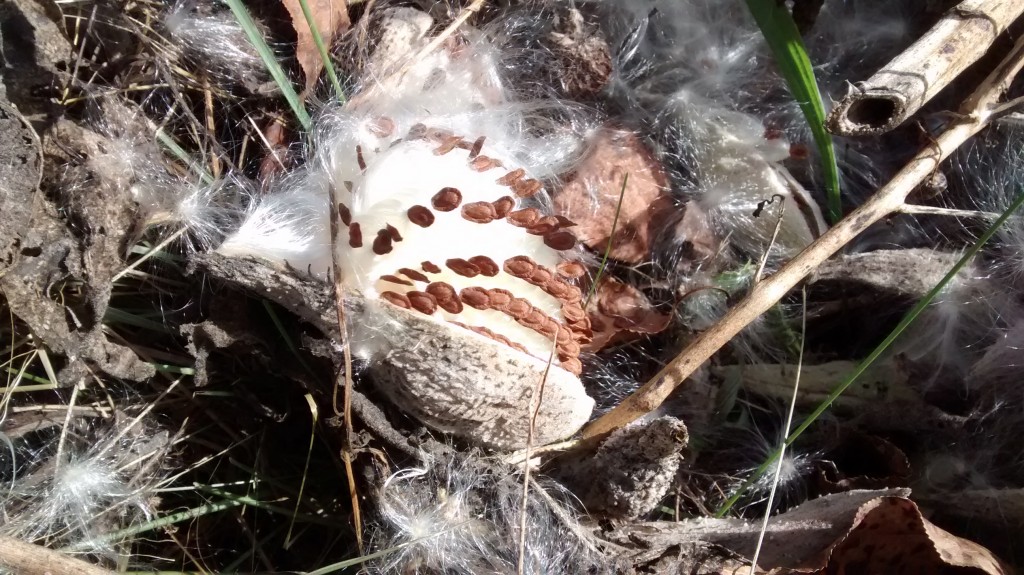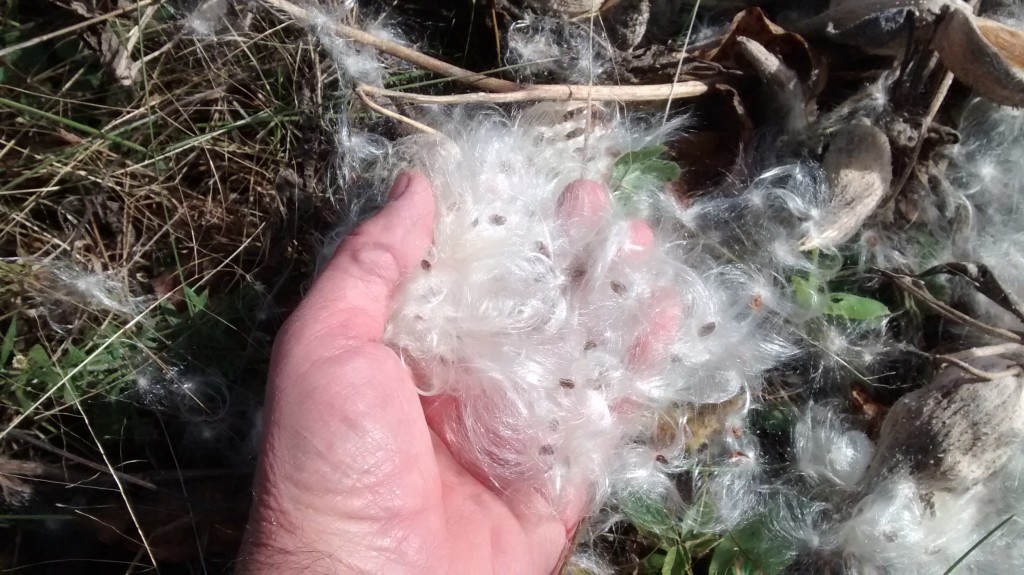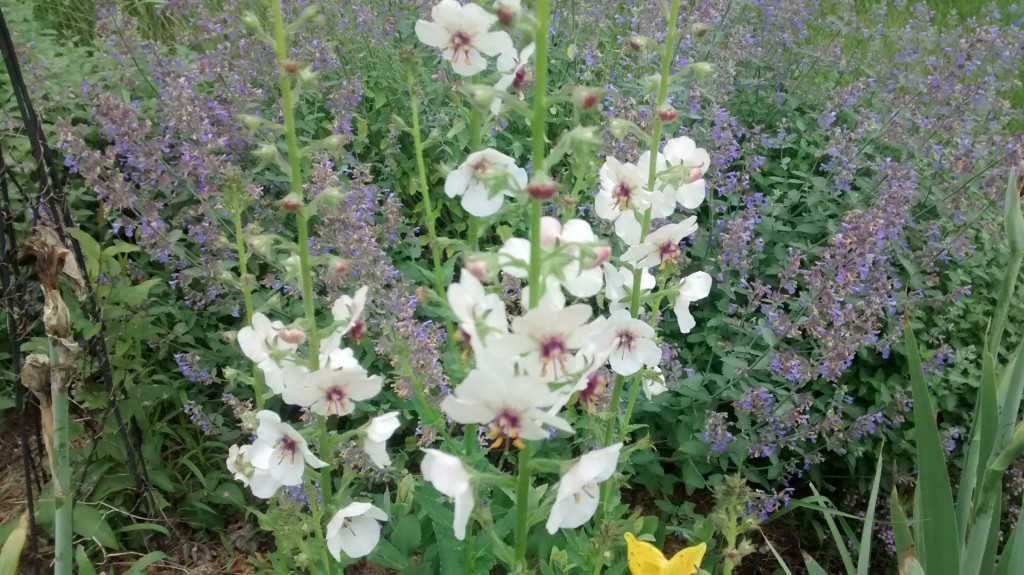It wasn’t your imagination, there really were more Monarch butterflies this fall and it wasn’t just because we were looking for them anymore than usual. The folks at Monarch Watch have evidence that the monarch migration is shaping up to be somewhat larger this year than last.
As more gardeners and homeowners become aware of the importance of milkweeds and start encouraging the plants instead of eradicating them, the monarch butterfly population should rise in proportion.
One statistic I saw was that there are 113 million gardeners in the USA. Now just think for a minute if each gardener added only one or two milkweed plants in their yards how many more places there would be for monarchs to grow and develop.
In a few growing seasons, a single milkweed plant can quickly turn into a sizable local population. Like so many other “weeds” milkweeds produce a lot of seeds. In my yard I counted about 80 seeds in just one milkweed pod. That small plant had seven or eight pods growing on it. That’s around 500 seeds per milkweed plant. In more fertile locations, a milkweed plant can produce 20 pods that contain over 400 seeds in each pod!
Collecting and planting seeds is the best option for propagating milkweed. Just keep in mind that milkweed seeds require a cold treatment – called stratification — before they will germinate. In the wild this occurs naturally each winter as temperatures drop below freezing. The easiest way to provide the cold treatment is to plant them directly into the soil in the fall and let nature provide the stratification.
Milkweed plants are perennials, meaning once they establish themselves, they will continue to come up year after year. Mature plants have roots that grow horizontally underground. They will send up a new shoot at intervals that grow into a new milkweed plant. So you can see how quickly milkweeds can get out of hand if you’re not careful.
I’ve had milkweeds pop up in my garden from roots sent out by plants many feet away. They can be very persistent since a piece of root as small as an inch long can grow into a new plant.
Milkweed pods are just starting to open in southern Michigan. If you want to collect seeds, now’s the time to do it. Otherwise, soon the seeds will be gone with the wind.
As an extra bonus, you can spray paint your empty pods with gold paint and use them in craft projects just like we used to do in elementary school.
Bob







